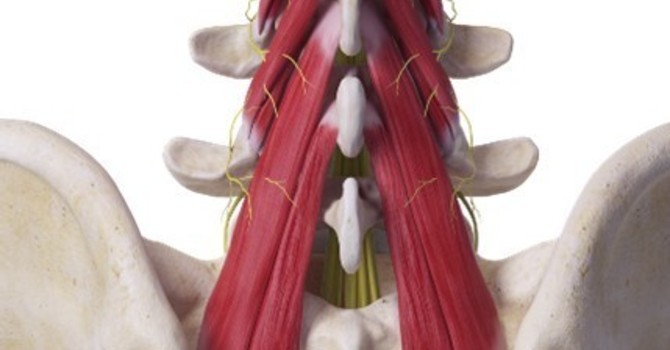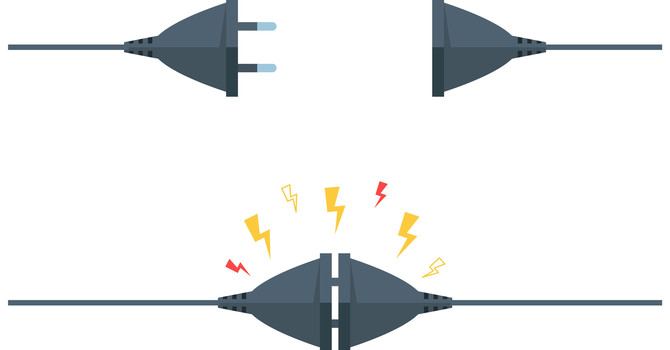How many of you have ever hurt your low back and began experiencing pain into your hips or the back of your legs?
Many of our patients automatically associate this leg pain as “sciatica” (which in some cases could be true). But more commonly, this type of pain is better explained as “referred pain” and is neither related to a disc herniation nor does it relate to sciatic nerve-root compression.
Referred pain is pain experienced at a location other than the site of the painful stimulus or origin. A classic example of this is jaw and/or arm pain experienced by someone having a heart attack. The problem is happening at the heart but we are feeling pain associated with that phenomenon at other sites of the body.
Some other examples that we see commonly in our clinic are injuries originating in the neck that refer pain to our shoulder blade, upper arm, or even the jaw. Another example is a low back injury that refers pain down into our glutes and/or legs in cases that are not actual sciatica problems where the sciatic nerve is irritated. But why does this happen?
Before we answer this question, we have to review some basic anatomy and discuss how pain is interpreted by the brain:
Let’s say you burn your hand on a hot stove. Your body sends the information from the sensory nerve endings in your hand up your arm to your spinal cord. From there, that information is shot up along the spinal cord to your brain and analyzed to determine whether a painful or “protective response” is warranted. In the case of burning your hand, that can cause some serious damage, so your brain triggers a pain response and information is sent back down the spinal cord to tell the muscles in our arm to pull our hand away and prevent further damage. The transfer of information from nerves to our brain is the basic fundamental process by which our body interprets pain and happens in fractions of a second.
Where referred pain comes into play is when these areas in our spinal cord receive convergent inputs from various tissues. For example, sensory input from several muscles in our low back, glutes, and legs converge at the same level in our spinal cord before being sent up to the brain. When pain persists for long periods of time, our brain sometimes has a hard time differentiating what specific tissues these signals are actually coming from. As a result, the pain response is more diffuse and becomes attributed to areas other than the specific area where the pain response originated from.
At ECC, our chiropractors perform a thorough history and examination to determine the true source of your pain. In patients with low back pain including referred pain into their legs, we expect to see the pain referral in those other areas become less wide-spread and eventually resolve as we treat the main problem area.
So next time you feel a pain in your leg or your arm, remember the problem may be coming from somewhere else!
Interested more blogs by Dr. David Olson? Check out "Keep Your Moving Parts Moving - Pain Free" or "Damage Control - How to Control Acute Neck and Back Pain"



